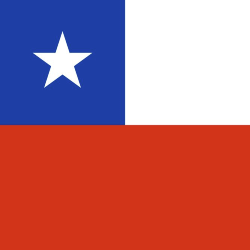The Supreme Court Reined in Federal Regulators. What Happens Now?
Big Government
Peter Suderman | From the October 2024 issue
In 1984, the Supreme Court issued a unanimous ruling in favor of an Environmental Protection Agency (EPA) rule stemming from the Clean Air Act. The EPA rule allowed states to treat all pollution from a unified industrial group as a singular pollution source for regulatory purposes. A cohort of environmental groups challenged the rule, arguing that it allowed pollution-emitting devices to operate that would not have passed regulatory muster considered on their own.
It was a technical exercise in statutory interpretation—but the case's long-term impact had little to do with pollution or the intricacies of the Clean Air Act. Embedded in that decision, Chevron U.S.A. Inc. v. Natural Resources Defense Council, Inc., was a small revolution in administrative law.
Under the Administrative Procedure Act (APA), which governs regulatory agencies, courts are instructed to litigate agency rules by interpreting relevant statutes themselves. But Chevron created a new standard: If a statute was ambiguous, courts had to defer to........
© Reason.com






















 Toi Staff
Toi Staff Gideon Levy
Gideon Levy Belen Fernandez
Belen Fernandez Andrew Mitrovica
Andrew Mitrovica Rachel Marsden
Rachel Marsden Tarik Cyril Amar
Tarik Cyril Amar Warren J. Blumenfeld
Warren J. Blumenfeld Dr Ramzy Baroud
Dr Ramzy Baroud Patrick Gathara
Patrick Gathara Imad K Harb
Imad K Harb Brad Glosserman
Brad Glosserman
